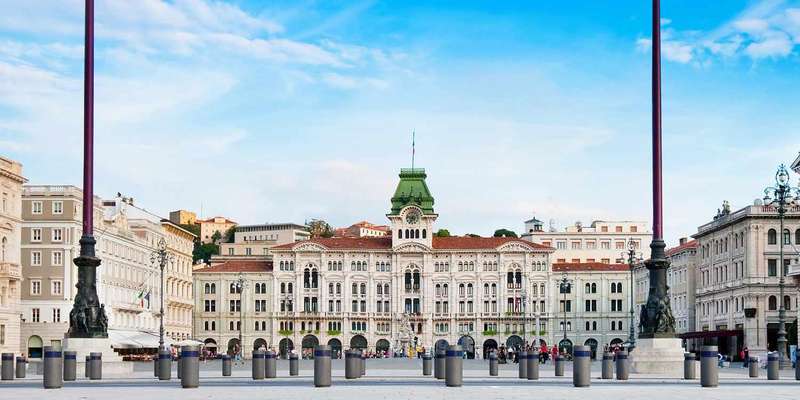- Home
- Useful Tips
- What to expect at the Trieste...
Visiting the Trieste Natural History Museum often leaves travelers frustrated by long queues, confusing layouts, and missed highlights. Over 60% of visitors spend less than 90 minutes here – barely scratching the surface of its extraordinary dinosaur skeletons and Adriatic marine collections. Families face particular stress when children lose interest amid crowded galleries, while solo travelers frequently overlook the museum's prized 19th-century specimens. These missed opportunities transform what should be a fascinating journey through natural wonders into just another checklist item. The museum's multi-floor structure and lack of clear signage compound these problems, leaving many visitors exhausted rather than enlightened about the region's unique biodiversity.


Navigating the museum's layout without wasting time
The museum's 19th-century building charms with historic architecture but confounds with its labyrinthine room sequence. Start on the top floor where the spectacular Antonio dinosaur skeleton – a local paleontological treasure – anchors the paleontology section. This reverse route lets you follow evolutionary timelines downward while avoiding elevator bottlenecks near the ground floor entrance. Pay special attention to Room 7's 'Camera delle Meraviglie,' a preserved cabinet of curiosities that most visitors miss. If traveling with children, head straight to the interactive marine biology displays on the mezzanine level before their energy wanes. Museum staff (identifiable by blue badges) often share secret shortcuts between galleries if you ask politely.
Unlocking the museum's hidden masterpieces
Beyond the obvious crowd-pleasers, the museum houses extraordinary rarities unknown to most visitors. The second-floor mineralogy collection contains a luminescent Adriatic quartz found only within 30km of Trieste, best viewed under the adjustable UV lamps. Don't miss the 'Biodiversity Wall' near the stairwell – a mosaic of 300 local species that staff use to test visitors' observation skills. The real insider move? Visit the normally restricted botanical archives by arranging free access through the museum's website at least 72 hours in advance. These contain stunning hand-painted algae illustrations from Habsburg-era scientists, offering a glimpse into Trieste's marine research legacy.
Planning your visit for maximum enjoyment
Wednesday mornings offer rare tranquility when local schools hold field trips elsewhere, while rainy summer afternoons bring overwhelming crowds. Arrive by 10:30 AM to catch the weekly fossil-cleaning demonstration (11 AM sharp) where technicians share behind-the-scenes stories. The museum cafe serves surprisingly good Istrian-inspired sandwiches, but picnic tables in the adjacent Botanical Garden provide a more memorable lunch setting. For budget-conscious travelers, the first Sunday of each month offers free admission, though prioritize early arrival. Disabled access improvements now include tactile models of key exhibits – request these at the information desk for an enriched experience.
Transforming your visit into a deeper discovery
The museum's true value emerges when connecting its collections to Trieste's environment. After seeing the Adriatic marine life displays, take the #42 bus to Barcola beach to spot the same species in shallow waters. The geology section's Karst formations explain why Grotta Gigante (30 minutes away) appears so distinct. Many visitors don't realize the museum offers guided sunset tours on summer Fridays, where dimmed lights create dramatic shadow effects on the dinosaur skeletons. For families, the children's activity sheets (available in English) turn specimen-spotting into an engaging game with small prizes from the gift shop. These connections transform abstract exhibits into living memories of your Trieste journey.



